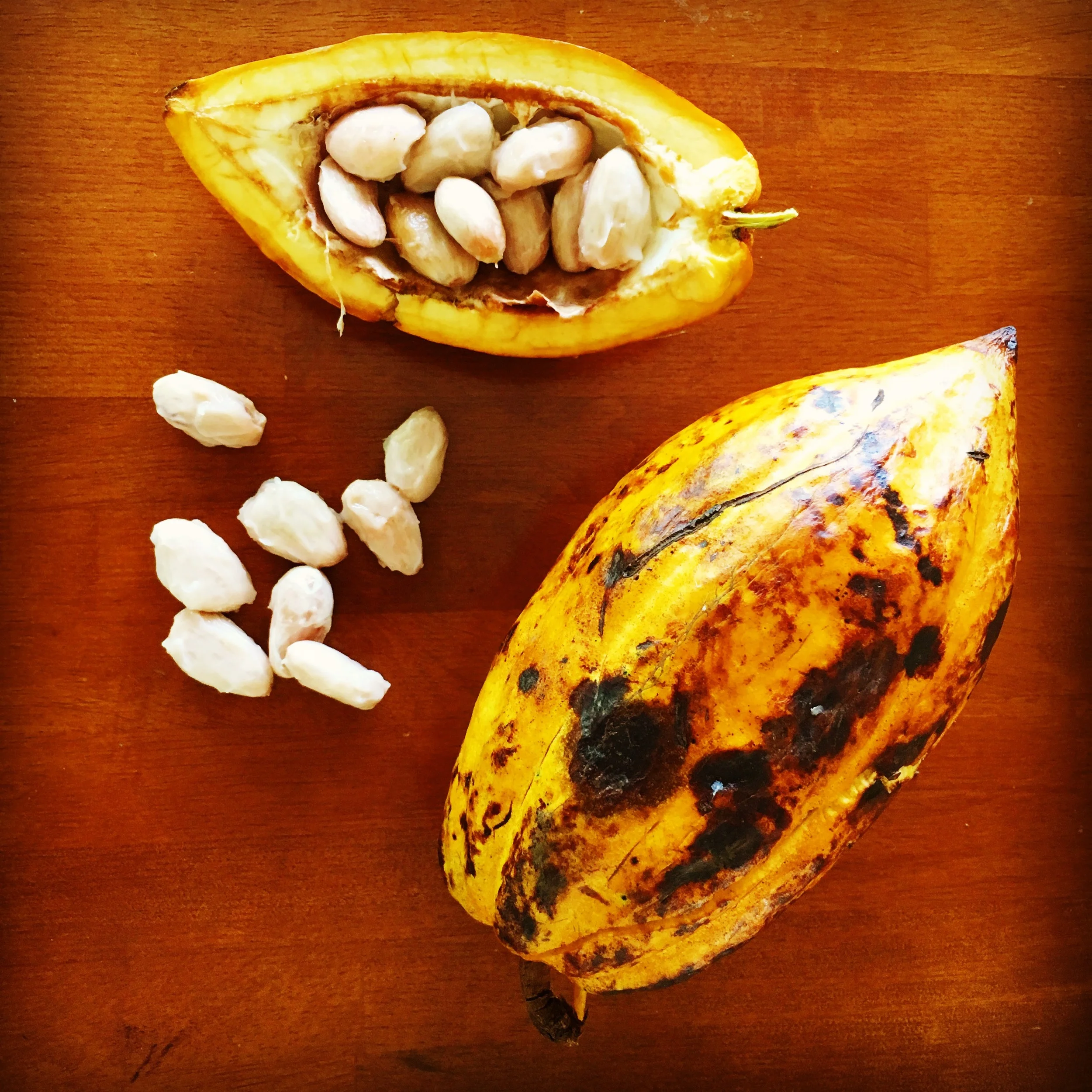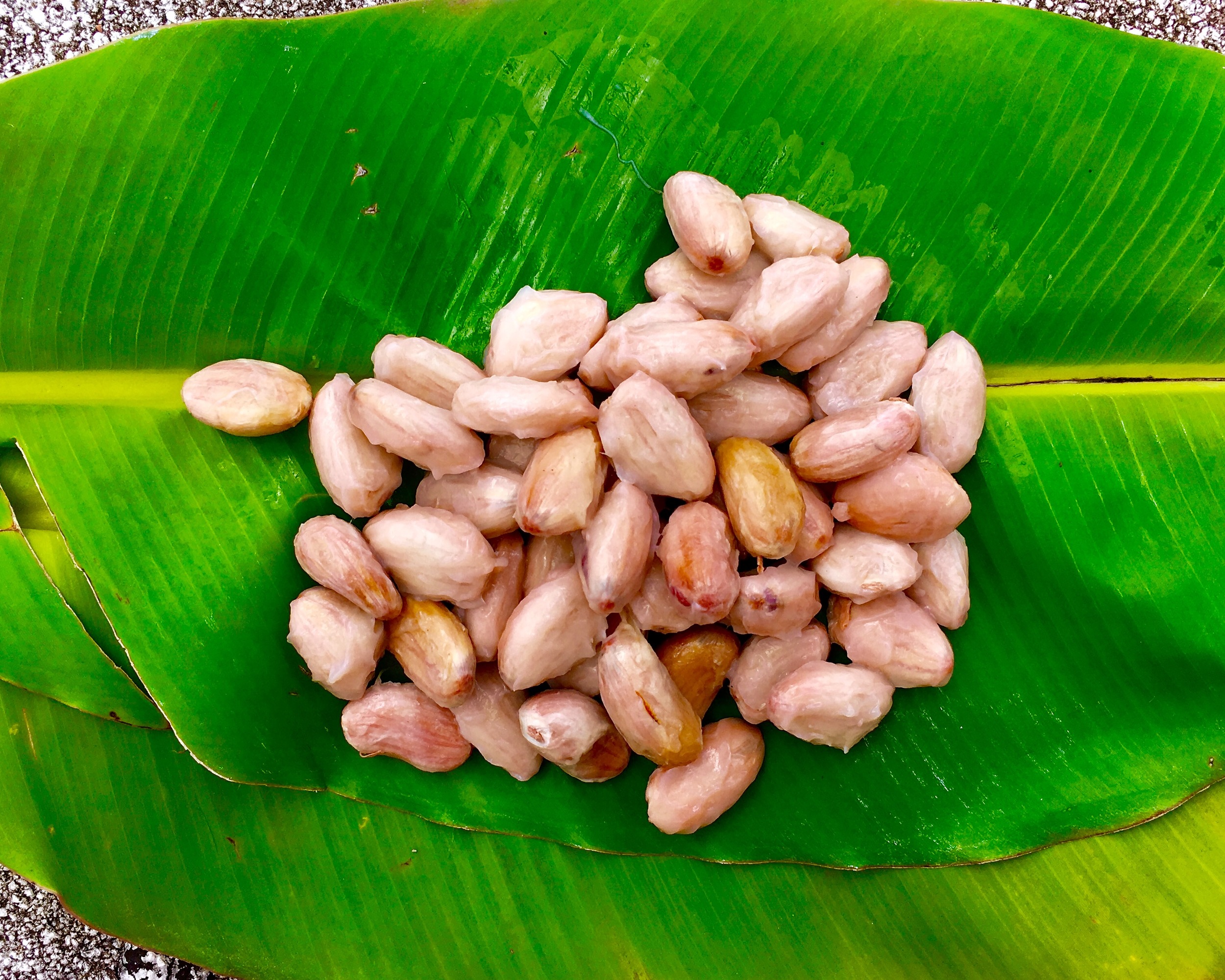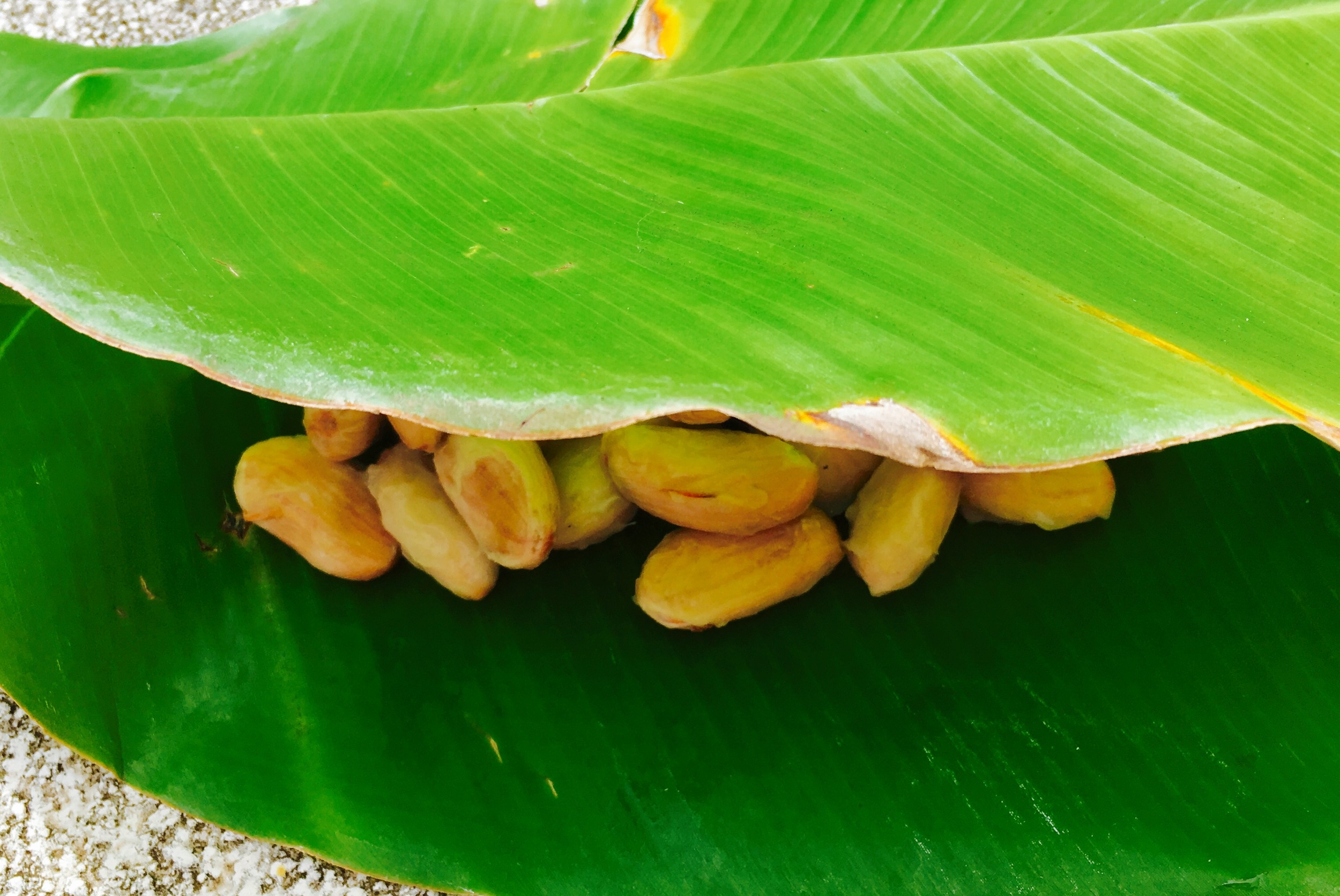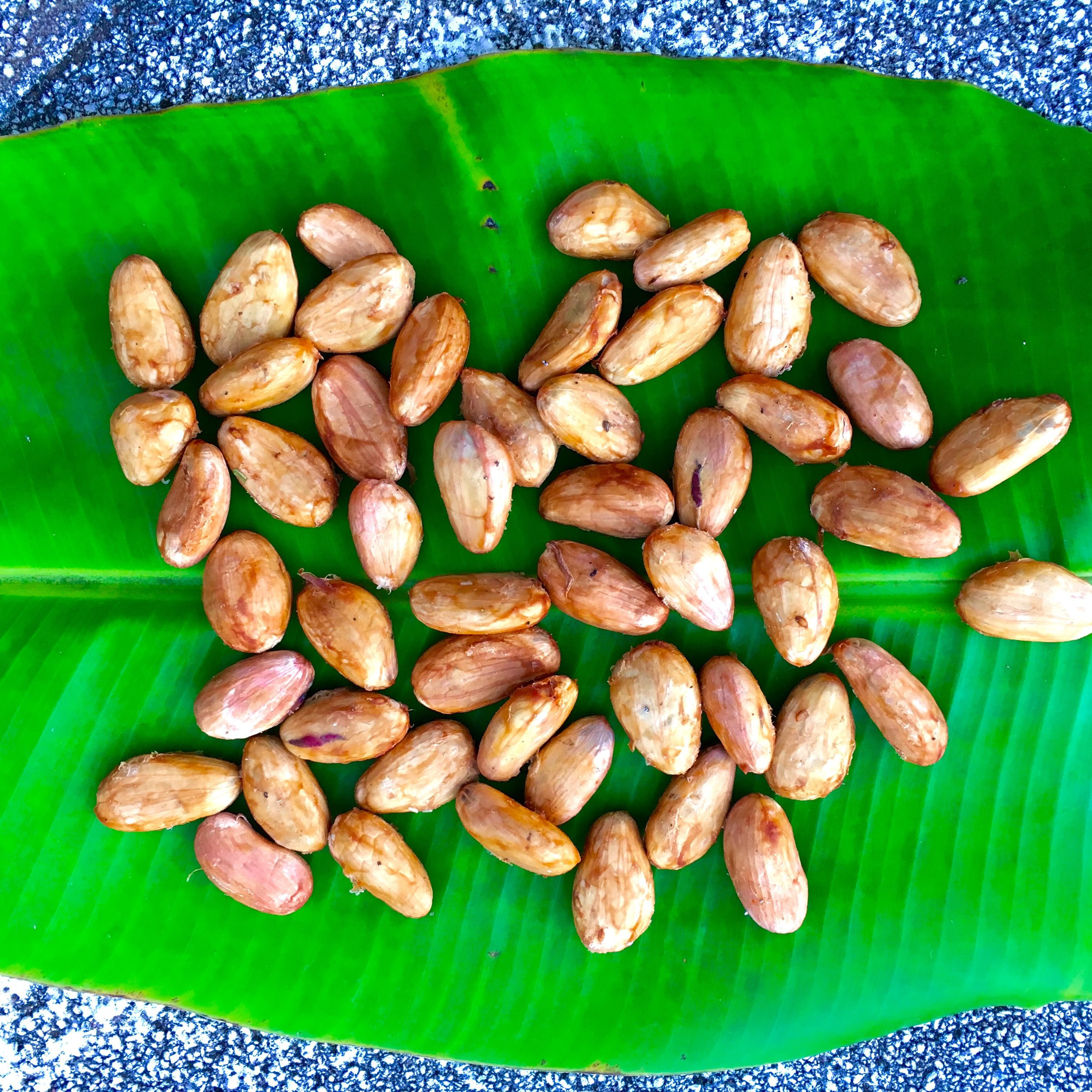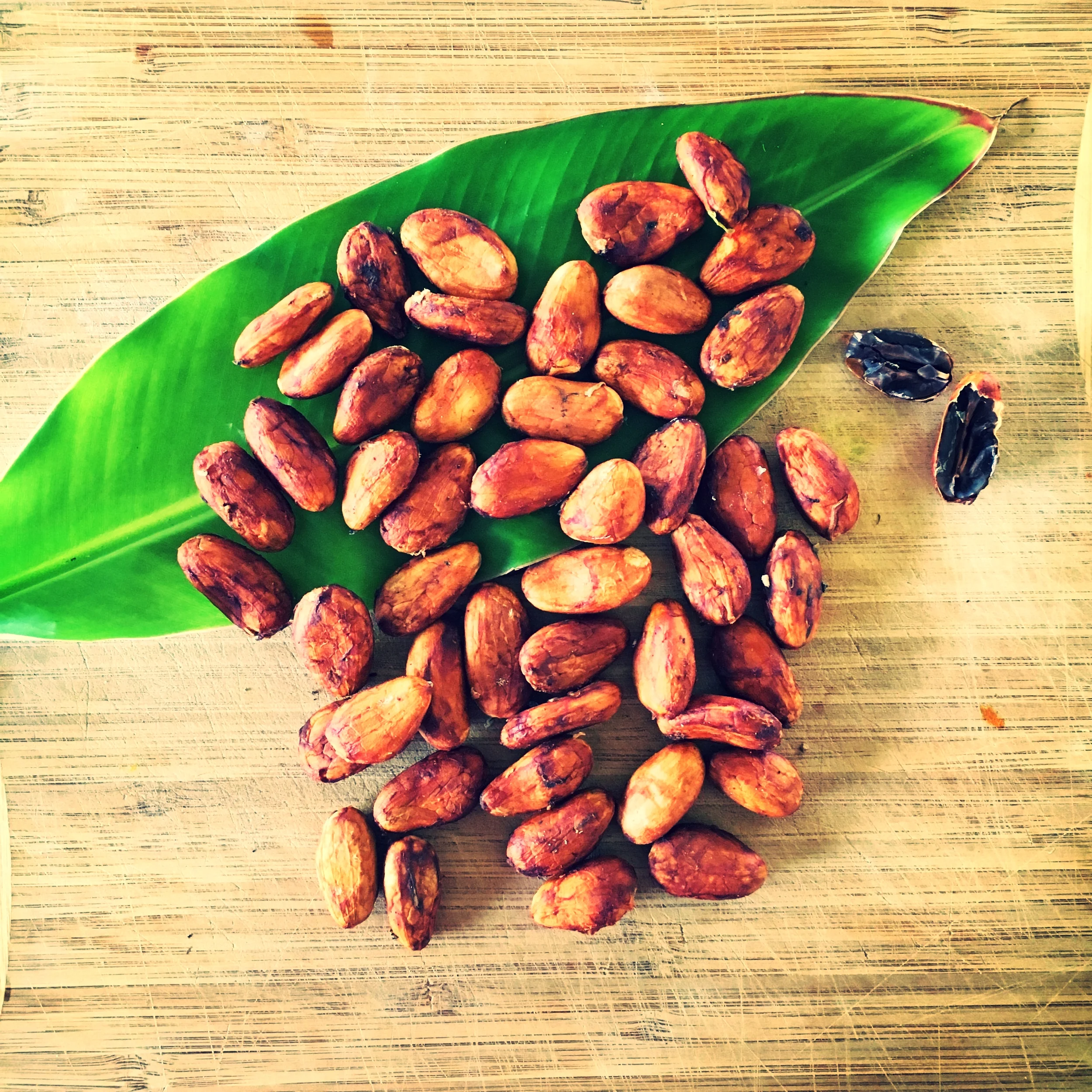What is rat lungworm disease?
Rat lungworm is a parasite, a nematode (Angiostrongylus cantenosis) that was carried from Southeast Asia to Hawaii by rats. The parasite primarily lives in rats which are the host - the parasite can fully mature in them. Slugs and snails, which eat rat feces, can serve as intermediate hosts, allowing the parasite to grow to a stage where it is capable of causing infection, though never to full adulthood (and so never capable of reproduction).
How do people get infected?
People may get infected through ingestion of larvae in raw or undercooked snails, slugs, prawns, crabs and frogs or from contaminated water and vegetables. Snail and slug slime might be infectious as well.
What are the symptoms?
Although most cases are not severe, a rare case can lead to coma or even death. Early symptoms can be headache, stiffness in the neck, nausea and vomiting, fever, abdominal pain, fatigue, itchy skin, joint pain. If untreated, the parasite might attack the nervous system, including the brain and the spinal cord. The illness usually lasts between two weeks and two months, and on average, the incubation period is one to three weeks, however, an infection can incubate in only a single day or in six weeks. People do not become contagious, so they cannot transmit the infection to someone else.
How can you prevent it?
Prevention begins with cleanliness and proper cooking. Make sure that the foods you eat are cooked properly, your vegetables are washed, especially the leafy, curly greens. It's important to appropriately store, inspect, and wash produce, including fruits. Boil snails, freshwater prawns, crabs and frogs for at least three to five minutes before eating. Catchment tanks for rainwater should be covered to prevent slugs and snails from gaining access. Young children should be watched while playing outdoors so they don't accidentally put a snail or slug in their mouths.
What is the treatment?
Humans are not the host that parasite can complete its life cycle in, as opposed to being in a rat, that's why when it gets in a human, it can get lost, it might go to the brain, and it might stay there. When that happens, eosinophilic meningitis develops. This form of meningitis, a swelling of the thin membrane covering the spinal cord and brain, specifically caused by the parasite. Doctors tend to treat it with a combination of therapies, including anthelmintics - antiparasitic drugs - cortical steroids and supportive care. Since the parasites cannot mature or reproduce in humans, they will die eventually, but in the meantime, they may cause physical problems.
What should you do if you think you might have the disease?
You should seek immediate health care and professional help and inform the doctor about your suspicion.








